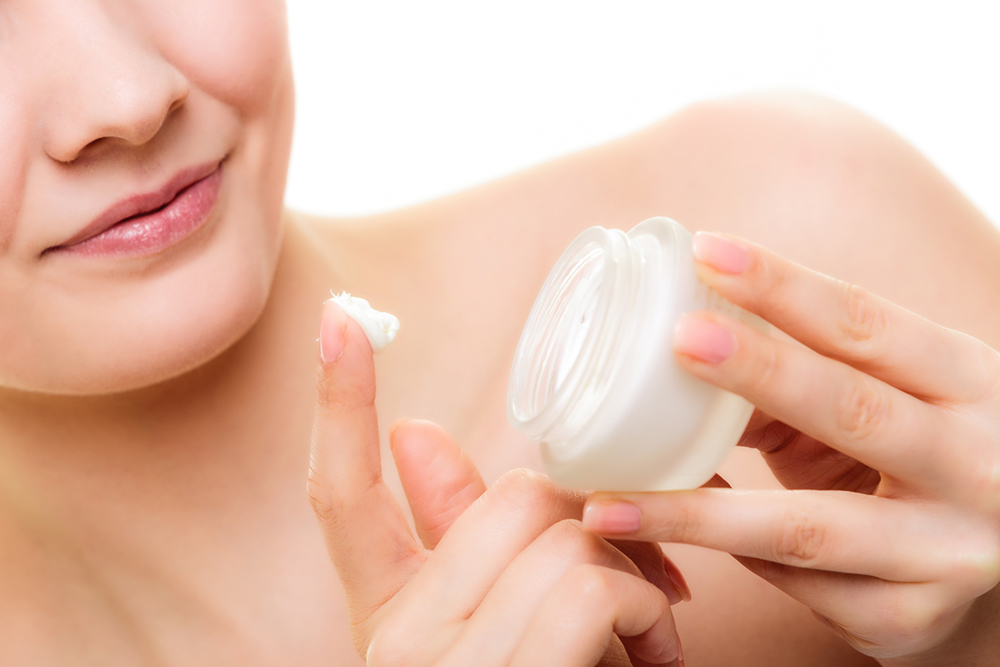Management options and home remedies for vitiligo

Vitiligo is a skin condition in which melanocytes, the cells that produce the skin’s pigmentation, stop functioning. Due to this, certain patches of the skin may become lighter or entirely white. With time, the condition can progress and affect all the areas of the skin. While the cause of vitiligo is not known, it could be related to autoimmune, genetic, and environmental factors. Several treatment options and natural remedies can help manage vitiligo.
Management options for vitiligo
1. Light therapy
Also known as phototherapy, light therapy is a common treatment option for vitiligo. In this treatment, one’s skin is exposed to particular bands of ultraviolet B (UVB) light to slow the condition’s progression.
2. Surgeries
A doctor may suggest several surgical procedures if light therapy does not work.
– Skin grafting
In this surgical procedure, a doctor takes small parts of the pigmented skin and transfers them to the vitiligo-affected, depigmented patches.
– Blister grafting
This procedure is slightly similar to skin grafting, except that in this method, the doctor first creates blisters on the pigmented skin with suction. The doctor then removes the top layer of these blisters and places them onto the depigmented skin.
– Cell transplant
In this surgical procedure, pigmented skin cells are extracted and then transplanted to the depigmented skin instead of skin sections.
3. Depigmentation therapy
This therapy involves treating the pigmented areas of the skin to lose color so they can merge with the rest of the skin.
Natural and home remedies for managing vitiligo
1. Sun protection
The areas of the skin that have lost pigmentation can get sunburnt more easily, and vitiligo is a condition that can worsen due to sunburn. Because of this, individuals with vitiligo must protect their skin from sun exposure. For this, individuals should wear sunscreen with SPF 30 or higher when stepping out during the day. Also, one can wear clothing that shields their skin from sunlight. When outside during the day, it is better to stay in the shade so the skin is not as exposed to the sun.
2. Avoiding injuries
Skin injuries such as cuts, burns, and scratches can also worsen vitiligo and trigger new patches. So, individuals suffering from the condition must protect themselves from sustaining any such injuries to their skin.
3. Consuming vitamin-rich foods
Foods rich in different vitamins can help in managing vitiligo and reducing the discoloration of the skin. Vitamins A, B-12, C, and D have been found to be especially helpful. So, choosing foods packed with these vitamins can help manage the condition. Common foods rich in vitamin A include carrots and leafy greens such as spinach. Vitamin D-rich foods include fatty fish, such as salmon and sardines, and fortified cereals. Salmon and sardines are also rich in vitamin B-12. Vitamin C can be obtained from citrus fruits (oranges and lemons), berries, and bell peppers.